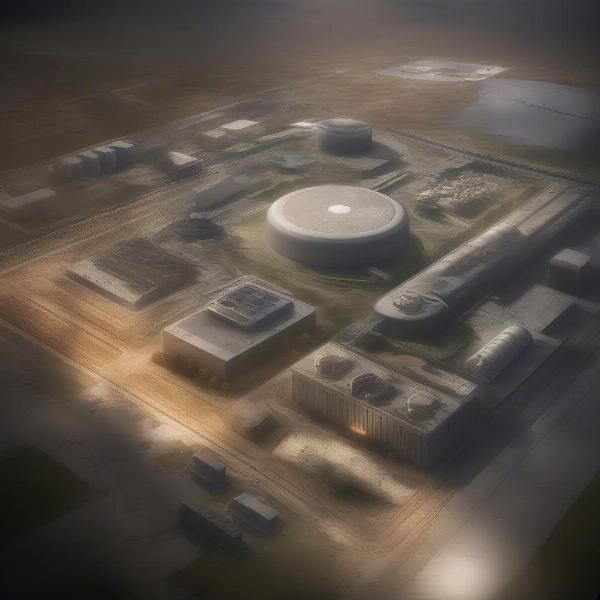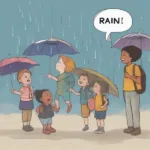The first rebellion in the Hunger Games, a pivotal moment in Panem’s history, stemmed from a complex interplay of oppression, desperation, and a spark of defiance. This uprising, though ultimately unsuccessful, laid the groundwork for the later rebellions and shaped the dystopian world Katniss Everdeen would later challenge. Let’s delve into the root causes of this initial revolt against the Capitol’s iron grip.
The Crushing Weight of Capitol Control
The primary driver behind the first rebellion was the Capitol’s absolute control over the districts. This wasn’t just political control; it extended to every facet of life, from resource allocation to cultural suppression. The districts, each specialized in a specific industry, were forced to provide goods and resources to the Capitol, often leaving themselves with barely enough to survive. This economic disparity created a breeding ground for resentment and anger. Think of it like a pressure cooker: the Capitol kept adding heat, in the form of oppressive laws and demands, with no release valve for the growing pressure within the districts.
District 13 and Nuclear Technology
District 13, known for its graphite mining and subsequent involvement in nuclear technology, played a particularly significant role in the first rebellion. Their access to potentially destructive technology made them a threat to the Capitol, and their eventual destruction served as a stark warning to other districts considering rebellion. The Capitol’s swift and brutal response effectively quashed any immediate hopes of widespread uprising, highlighting the imbalance of power and the Capitol’s willingness to use extreme force.
 District 13's Nuclear Capabilities in the First Hunger Games Rebellion
District 13's Nuclear Capabilities in the First Hunger Games Rebellion
The Spark of Rebellion: Starvation and Despair
While the Capitol’s control was a constant presence, specific events further fueled the flames of discontent. The most prominent of these was widespread starvation in the districts. The meager rations provided by the Capitol were insufficient to sustain the population, leading to widespread desperation and anger. This desperation, coupled with the existing resentment towards the Capitol, created a volatile atmosphere ripe for rebellion. Imagine families struggling to feed their children, facing the daily reality of hunger while knowing the Capitol feasts on their labor; it’s easy to see how this desperation could boil over into open revolt.
The Hunger Games: A Tool of Control
The very existence of the Hunger Games was a constant reminder of the Capitol’s power and the districts’ subjugation. The annual spectacle, where children were forced to fight to the death, served as a chilling reminder of the consequences of defiance. While not a direct cause of the first rebellion, the Hunger Games undoubtedly contributed to the underlying resentment and fear that permeated the districts.
 The Hunger Games as a Tool of Capitol Control in the First Rebellion
The Hunger Games as a Tool of Capitol Control in the First Rebellion
The Aftermath and Lessons Learned
The first rebellion, while unsuccessful, was a crucial turning point. The Capitol’s brutal suppression, including the destruction of District 13, instilled fear but also sowed the seeds of future resistance. The districts learned the hard way the price of defiance, but they also learned the necessity of unity and the importance of challenging the Capitol’s authority.
District 12: A Seed of Hope
District 12, while playing a minor role in the first rebellion, would eventually become the cradle of the second rebellion, led by Katniss Everdeen. The experiences and lessons learned from the first rebellion, passed down through generations, would eventually help fuel the flames of the second, more successful uprising. The echoes of the first rebellion resonated in the whispers of dissent and the quiet acts of defiance that kept the spirit of rebellion alive.
 District 12 in the Aftermath of the First Hunger Games Rebellion
District 12 in the Aftermath of the First Hunger Games Rebellion
Related Insights: Understanding the Hunger Games Universe
The Role of Propaganda
The Capitol’s extensive use of propaganda played a vital role in maintaining control and suppressing dissent. By controlling the flow of information, the Capitol shaped public perception and discouraged any thoughts of rebellion.
The Significance of the Mockingjay
The mockingjay, a symbol of defiance born from the unintended consequences of the Capitol’s genetic engineering, became a rallying cry for the rebels. It represented the spirit of resistance and the hope for a future free from the Capitol’s tyranny.
Life in the Districts: A Closer Look
The daily struggles of life in the districts, including poverty, hunger, and lack of basic necessities, fueled the simmering discontent that ultimately led to rebellion. Understanding these hardships is key to understanding the motivations of the rebels.
Conclusion
The first rebellion in the Hunger Games, fueled by the Capitol’s oppressive control, widespread starvation, and the inherent desperation of the districts, was a tragic but essential chapter in Panem’s history. Though brutally suppressed, it laid the groundwork for future uprisings, proving that even in the darkest of times, the human spirit of resistance cannot be entirely extinguished. What Caused The First Rebellion In The Hunger Games? Ultimately, it was the indomitable will of the people, driven to fight for a better future, even against insurmountable odds. Share your thoughts on the first rebellion in the comments below!
FAQ
- What was the main reason for the first rebellion in the Hunger Games? The oppressive control and economic exploitation of the districts by the Capitol were the primary causes.
- What role did District 13 play in the first rebellion? District 13’s access to nuclear technology made them a threat, and their destruction served as a warning to other districts.
- How did the Hunger Games contribute to the first rebellion? The Hunger Games served as a constant reminder of the Capitol’s power and the districts’ subjugation, fueling resentment.
- What was the outcome of the first rebellion? The rebellion was brutally suppressed by the Capitol.
- What lessons were learned from the first rebellion? The districts learned the importance of unity and the need to challenge the Capitol’s authority.
- How did the first rebellion influence the second rebellion? The experiences and lessons learned from the first rebellion fueled the flames of the second, more successful uprising.
- What is the significance of the mockingjay? The mockingjay became a symbol of defiance and hope for the rebels.

